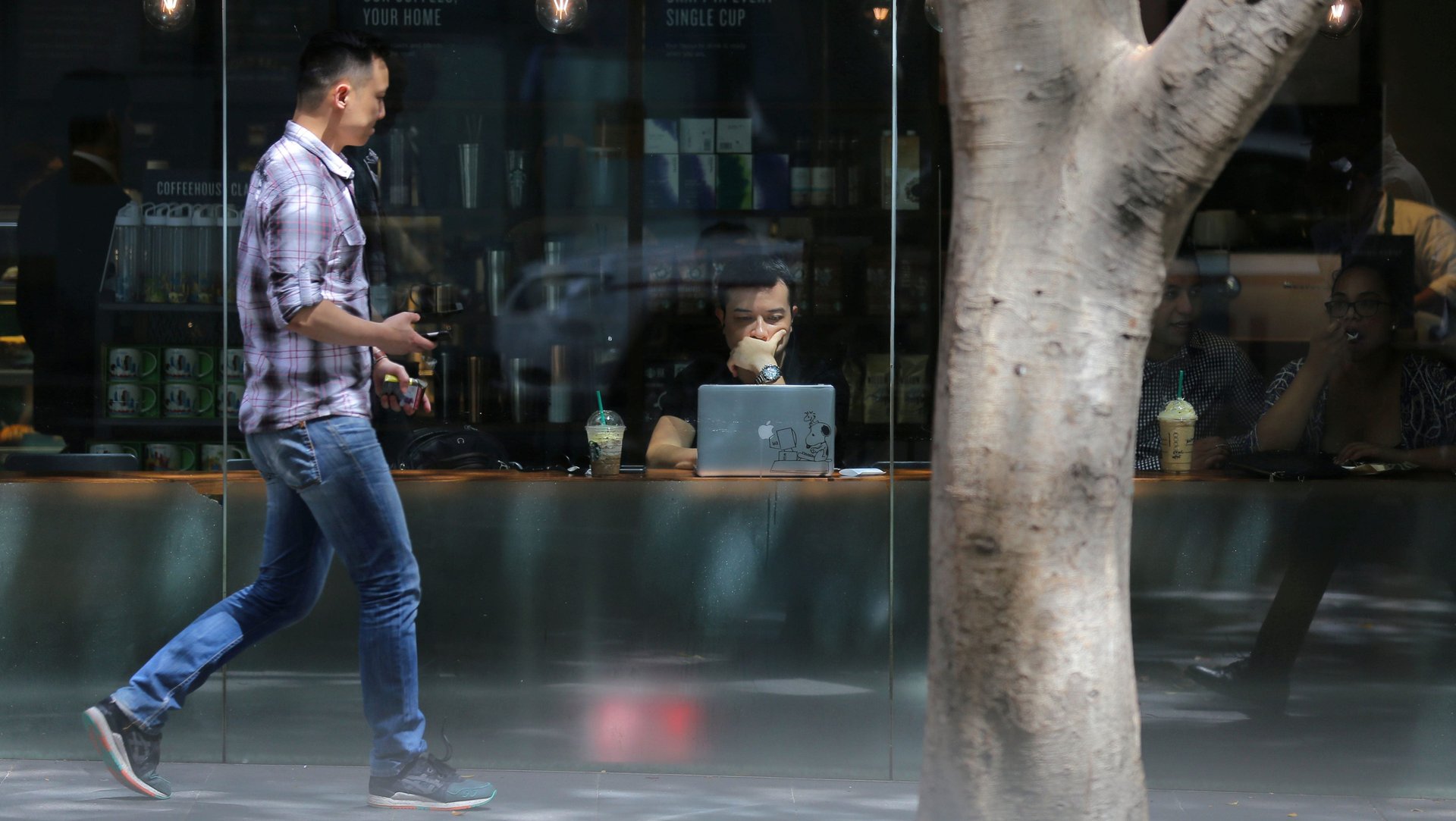We’re about to find out how big the gig economy actually is
For the first time since the rise of the term “gig economy,” the US federal government will release data showing how many workers rely on non-traditional work arrangements like temp work, freelancing, and on-call work.


For the first time since the rise of the term “gig economy,” the US federal government will release data showing how many workers rely on non-traditional work arrangements like temp work, freelancing, and on-call work.
The June 7 disclosure has been much anticipated. According to research conducted in the past decade, anywhere from between 0.1% of U.S. employment to 34% of the workforce can be categorized as part of the gig economy—a variance that can largely be explained by inconsistent definitions of the buzzphrase.
Some research, like a recent Economic Policy Institute analysis, has focused on a narrow definition of the “gig economy” that only includes on-demand apps like Uber. It suggests that the number of people working in the gig economy is extremely small. Other surveys, like those conducted by McKinsey and the Freelancers Union and Upwork, have included anyone who has completed a freelance project, arriving at much larger estimates of the gig economy’s size.
Other research has looked at the more general trend in companies using workers whom they do not directly employ. Temp workers and workers provided by a contractor, for instance, are technically employees of the agencies that dispatch them, though the work they do benefits other companies. Some research suggests that these types of workers, though covered by labor protection laws that are not extended to freelancers, still have disadvantages when it comes to pay, benefits, and stability as compared to their directly employed peers. A 2016 study by economists at Harvard and Princeton, which relied on RAND data, suggested that of 10 million jobs added to the US economy since 2005, almost all of them—94%—fell into either freelancing or another non-traditional employment category.
The Bureau of Labor Statistics (BLS) will use different methods than all of the other studies. It will look at the overall number of contingent workers (who don’t expect their jobs to be permanent) and workers in alternate arrangements, which includes temp workers, contract workers, and on-call workers in addition to independent contractors. It will only count workers in these arrangements at their main job, and only if they have worked at that job in the last week.
This is the same method the US government used to regularly conduct surveys about alternative and contingent work until 2005, when the survey was defunded, and will provide another view of the gig economy’s size and influence (though the bureau states explicitly on its website that it has no definition of which workers in its survey should be categorized as part of the “gig economy”).
According to a 2016 McKinsey survey, more than half of workers taking freelance gigs in the US and EU do so to earn supplemental rather than primary income. These workers would not be counted in the BLS numbers.
“Although CWS has unique strengths, it uses a rather narrow definition of independent work,” says Ethan Pollack, who works on the Aspen Institute Future of Work Initiative, which recently created, with Cornell University, a hub for data resources about the gig economy. “While it will add a lot to the conversation, it is only one study among many, and won’t replace everything else we know.”